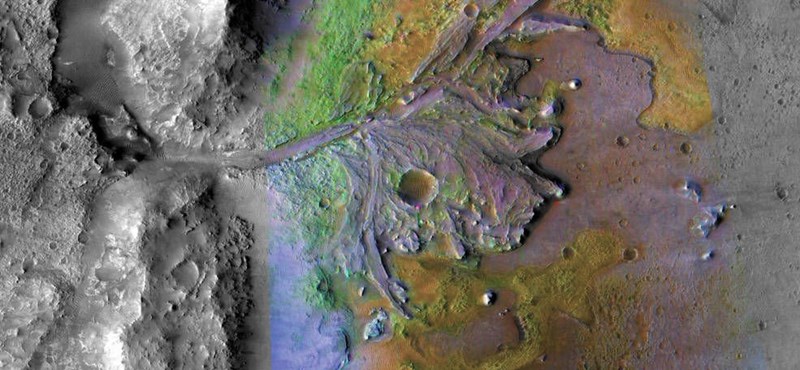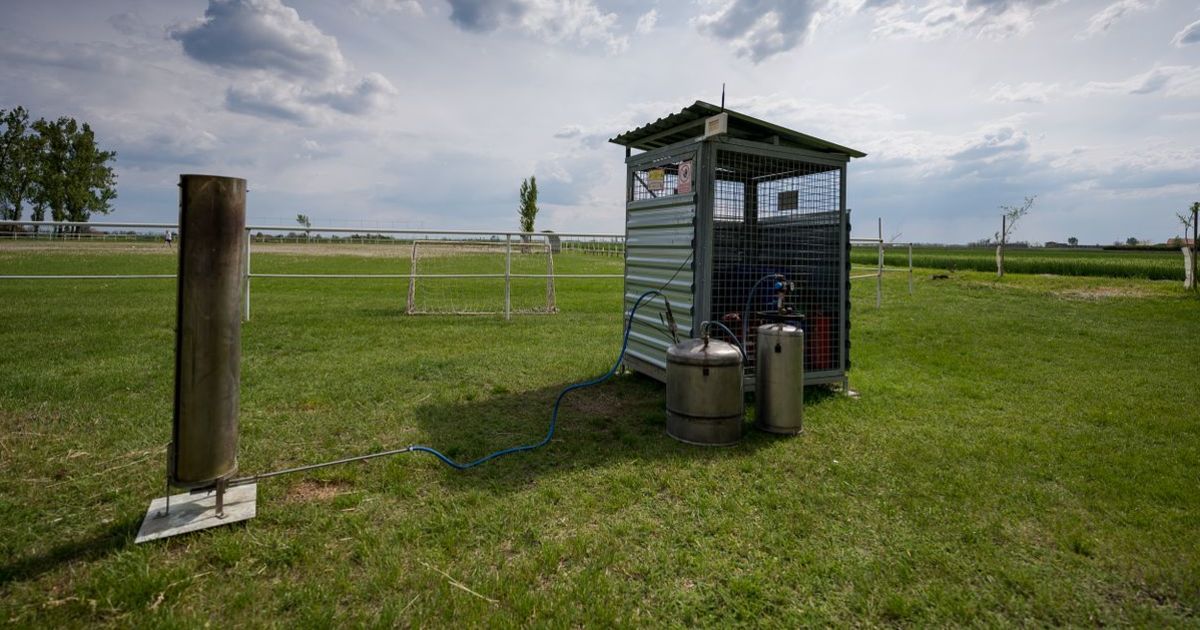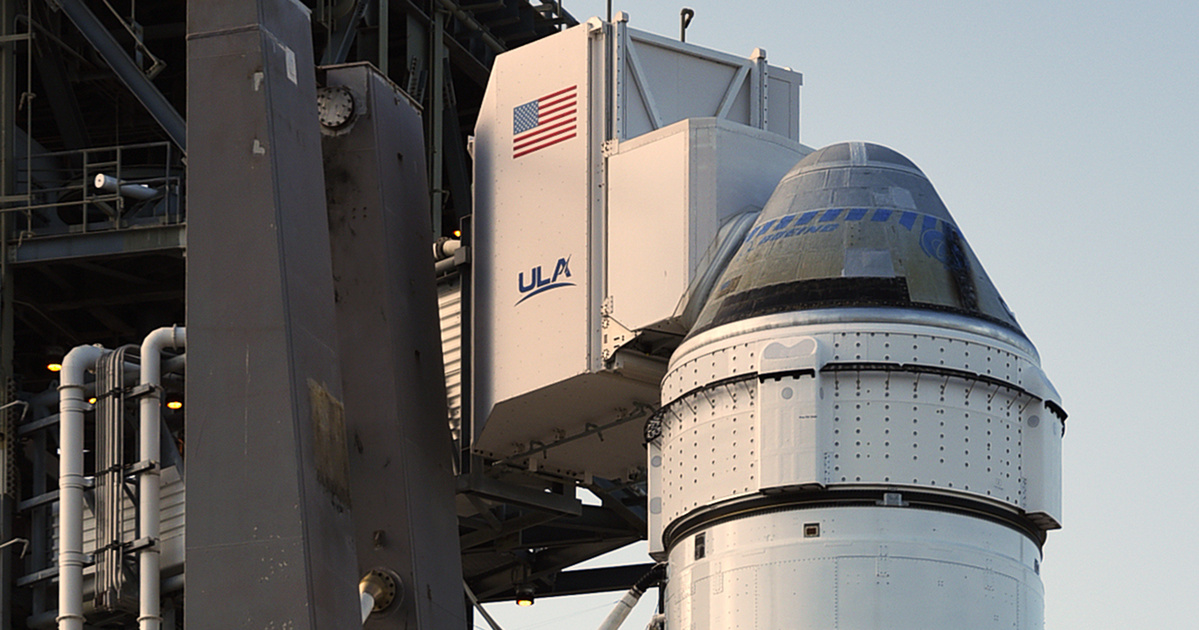[{“available”:true,”c_guid”:”7fde60e8-9c75-4f8f-8056-8b9ec0666373″,”c_author”:”hvg.hu”,”category”:”itthon”,”description”:”Továbbra is harminc millióval tartozik a szüleinek.”,”shortLead”:”Továbbra is harminc millióval tartozik a szüleinek.”,”id”:”20240201_Szijjarto_Peter_vagyonnyilatkozat”,”image”:”https://api.hvg.hu/Img/ffdb5e3a-e632-4abc-b367-3d9b3bb5573b/7fde60e8-9c75-4f8f-8056-8b9ec0666373.jpg”,”index”:0,”item”:”f9cd7651-2549-49fb-ab24-3c60d43f4cc9″,”keywords”:null,”link”:”/itthon/20240201_Szijjarto_Peter_vagyonnyilatkozat”,”timestamp”:”2024. február. 01. 00:17″,”title”:”Több mint húszmillió forinttal nőtt Szijjártó Péter vagyona”,”trackingCode”:”RELATED”,”c_isbrandchannel”:false,”c_isbrandcontent”:false,”c_isbrandstory”:false,”c_isbrandcontentorbrandstory”:false,”c_isbranded”:false,”c_ishvg360article”:false,”c_partnername”:null,”c_partnerlogo”:”00000000-0000-0000-0000-000000000000″,”c_partnertag”:null},{“available”:true,”c_guid”:”2f53e88c-bbd9-4ee8-9cd1-05e25ce1fdfb”,”c_author”:”hvg.hu”,”category”:”cegauto”,”description”:”Nem mindenkinek tetszett a faluvégi csapatás. “,”shortLead”:”Nem mindenkinek tetszett a faluvégi csapatás. “,”id”:”20240131_Latvanyosan_forgatta_a_Ladat_egy_sofor_Abaujeren_de_rendorok_nem_ertekeltek__video”,”image”:”https://api.hvg.hu/Img/ffdb5e3a-e632-4abc-b367-3d9b3bb5573b/2f53e88c-bbd9-4ee8-9cd1-05e25ce1fdfb.jpg”,”index”:0,”item”:”5f6846fc-d24c-469f-a508-8069cd67bce5″,”keywords”:null,”link”:”/cegauto/20240131_Latvanyosan_forgatta_a_Ladat_egy_sofor_Abaujeren_de_rendorok_nem_ertekeltek__video”,”timestamp”:”2024. január. 31. 11:32″,”title”:”Látványosan forgatta a Ladát egy sofőr Abaújkéren, de rendőrök nem értékelték – videó”,”trackingCode”:”RELATED”,”c_isbrandchannel”:false,”c_isbrandcontent”:false,”c_isbrandstory”:false,”c_isbrandcontentorbrandstory”:false,”c_isbranded”:false,”c_ishvg360article”:false,”c_partnername”:null,”c_partnerlogo”:”00000000-0000-0000-0000-000000000000″,”c_partnertag”:null},{“available”:true,”c_guid”:”5cffcb29-a027-42ca-8ba4-e8376a05eb90″,”c_author”:”hvg.hu”,”category”:”kultura”,”description”:”Dokumentumfilm készül „a kivételes dunaszerdahelyi sportklub, a DAC történetéről, társadalmi szerepéről és jelentőségéről” is, 254 milliós támogatással.”,”shortLead”:”Dokumentumfilm készül „a kivételes dunaszerdahelyi sportklub, a DAC történetéről, társadalmi szerepéről és…”,”id”:”20240131_Film_keszul_Akosrol_dunaszerdahely_dac_dokumentumfilm”,”image”:”https://api.hvg.hu/Img/ffdb5e3a-e632-4abc-b367-3d9b3bb5573b/5cffcb29-a027-42ca-8ba4-e8376a05eb90.jpg”,”index”:0,”item”:”350f553f-1b29-4e6d-993b-52348f4ddfeb”,”keywords”:null,”link”:”/kultura/20240131_Film_keszul_Akosrol_dunaszerdahely_dac_dokumentumfilm”,”timestamp”:”2024. január. 31. 13:44″,”title”:”Film készül Ákosról, 230 milliós állami támogatásból”,”trackingCode”:”RELATED”,”c_isbrandchannel”:false,”c_isbrandcontent”:false,”c_isbrandstory”:false,”c_isbrandcontentorbrandstory”:false,”c_isbranded”:false,”c_ishvg360article”:false,”c_partnername”:null,”c_partnerlogo”:”00000000-0000-0000-0000-000000000000″,”c_partnertag”:null},{“available”:true,”c_guid”:”5672fccf-815f-48a0-b66d-f6df33ca92a9″,”c_author”:”hvg.hu”,”category”:”elet”,”description”:”Állatorvos azt alapította meg, hogy egy másik állat agancsa okozhatta a sérülését, ami miatt elpusztult.”,”shortLead”:”Állatorvos azt alapította meg, hogy egy másik állat agancsa okozhatta a sérülését, ami miatt elpusztult.”,”id”:”20240131_Nem_loves_vegzett_a_Farkasember_szarvasaval_a_rendorseg_szerint”,”image”:”https://api.hvg.hu/Img/ffdb5e3a-e632-4abc-b367-3d9b3bb5573b/5672fccf-815f-48a0-b66d-f6df33ca92a9.jpg”,”index”:0,”item”:”52e3b6da-365c-488d-9bdc-8375dae1699d”,”keywords”:null,”link”:”/elet/20240131_Nem_loves_vegzett_a_Farkasember_szarvasaval_a_rendorseg_szerint”,”timestamp”:”2024. január. 31. 14:27″,”title”:”Rendőrség a Farkasember szarvasairól: „Jelenleg semmilyen adat, körülmény nem utal orvvadászok megjelenésére, az állatok lemészárlására””,”trackingCode”:”RELATED”,”c_isbrandchannel”:false,”c_isbrandcontent”:false,”c_isbrandstory”:false,”c_isbrandcontentorbrandstory”:false,”c_isbranded”:false,”c_ishvg360article”:false,”c_partnername”:null,”c_partnerlogo”:”00000000-0000-0000-0000-000000000000″,”c_partnertag”:null},{“available”:true,”c_guid”:”7c297a88-793a-473c-ab29-f6799eab1196″,”c_author”:”Kacskovics Mihály Béla”,”category”:”itthon”,”description”:”Részleteket árult el a Budapest-bérlet körüli főváros-minisztérium megállapodásról a főpolgármester. A szabályok kidolgozása még várat magára, de néhány dolog már biztos: a diákoknak szánt BKK-bérletnek vége, csak a bérletekre vonatkozik a felek megállapodása, a napijegyekre nem, és férőhely-kilométer alapon fog osztozkodni a közös bevételeken az állam és a főváros. “,”shortLead”:”Részleteket árult el a Budapest-bérlet körüli főváros-minisztérium megállapodásról a főpolgármester. A szabályok…”,”id”:”20240130_karacsony_budapest_berlet_sajtotajekoztato”,”image”:”https://api.hvg.hu/Img/ffdb5e3a-e632-4abc-b367-3d9b3bb5573b/7c297a88-793a-473c-ab29-f6799eab1196.jpg”,”index”:0,”item”:”e47956c9-5e71-4523-8f4e-fddc7bc2f064″,”keywords”:null,”link”:”/itthon/20240130_karacsony_budapest_berlet_sajtotajekoztato”,”timestamp”:”2024. január. 30. 13:47″,”title”:”Karácsony: Megszűnik a BKK-diákbérlet, a 945 forintos vármegyebérletet vehetik majd a tanulók”,”trackingCode”:”RELATED”,”c_isbrandchannel”:false,”c_isbrandcontent”:false,”c_isbrandstory”:false,”c_isbrandcontentorbrandstory”:false,”c_isbranded”:false,”c_ishvg360article”:false,”c_partnername”:null,”c_partnerlogo”:”00000000-0000-0000-0000-000000000000″,”c_partnertag”:null},{“available”:true,”c_guid”:”eac11de1-9ca7-4d48-bdc2-08bca7c95ee2″,”c_author”:”hvg.hu”,”category”:”gazdasag”,”description”:”Nagy hibát követ el, aki nem foglalkozik a felszólítással. A Magyar Országos Közjegyzői Kamara adott pár tippet azoknak, akik ilyen helyzetbe kerülnek.”,”shortLead”:”Nagy hibát követ el, aki nem foglalkozik a felszólítással. A Magyar Országos Közjegyzői Kamara adott pár tippet…”,”id”:”20240130_tartozas_fizetesi_meghagyas_kozjegyzo_MOKK”,”image”:”https://api.hvg.hu/Img/ffdb5e3a-e632-4abc-b367-3d9b3bb5573b/eac11de1-9ca7-4d48-bdc2-08bca7c95ee2.jpg”,”index”:0,”item”:”25d803f0-2075-4f5c-b5ed-d79d54d2f66a”,”keywords”:null,”link”:”/gazdasag/20240130_tartozas_fizetesi_meghagyas_kozjegyzo_MOKK”,”timestamp”:”2024. január. 30. 12:16″,”title”:”Egyre több fizetési meghagyást kezdeményeznek, tavaly már 420 ezer volt”,”trackingCode”:”RELATED”,”c_isbrandchannel”:false,”c_isbrandcontent”:false,”c_isbrandstory”:false,”c_isbrandcontentorbrandstory”:false,”c_isbranded”:false,”c_ishvg360article”:false,”c_partnername”:null,”c_partnerlogo”:”00000000-0000-0000-0000-000000000000″,”c_partnertag”:null},{“available”:true,”c_guid”:”04b30712-1bb9-4e83-a122-bb41bd82b1fc”,”c_author”:”hvg.hu”,”category”:”gazdasag”,”description”:”Ez az összeg a hatoslottó történetének harmadik legnagyobb nyereménye.”,”shortLead”:”Ez az összeg a hatoslottó történetének harmadik legnagyobb nyereménye.”,”id”:”20240130_hatoslotto_nyeremeny_hatarido_lejar_sorsolas”,”image”:”https://api.hvg.hu/Img/ffdb5e3a-e632-4abc-b367-3d9b3bb5573b/04b30712-1bb9-4e83-a122-bb41bd82b1fc.jpg”,”index”:0,”item”:”af3f8eb6-b19c-4eeb-8be1-0e6f1dab0598″,”keywords”:null,”link”:”/gazdasag/20240130_hatoslotto_nyeremeny_hatarido_lejar_sorsolas”,”timestamp”:”2024. január. 30. 21:00″,”title”:”Hamarosan lejár a határidő: kétmilliárd forintot bukhat a lottónyertes, aki még mindig nem vette fel nyereményét”,”trackingCode”:”RELATED”,”c_isbrandchannel”:false,”c_isbrandcontent”:false,”c_isbrandstory”:false,”c_isbrandcontentorbrandstory”:false,”c_isbranded”:false,”c_ishvg360article”:false,”c_partnername”:null,”c_partnerlogo”:”00000000-0000-0000-0000-000000000000″,”c_partnertag”:null},{“available”:true,”c_guid”:”7a151ae2-c721-48cb-aeb5-55d38850a12b”,”c_author”:”hvg.hu”,”category”:”itthon”,”description”:”A férfi egy alkalommal acélhuzallal bántalmazta a nőt, akitől minden értékét elvette.”,”shortLead”:”A férfi egy alkalommal acélhuzallal bántalmazta a nőt, akitől minden értékét elvette.”,”id”:”20240131_Megkinozta_es_koldulasra_kenyszeritette_elettarsat_egy_szegedi_hajlektalan”,”image”:”https://api.hvg.hu/Img/ffdb5e3a-e632-4abc-b367-3d9b3bb5573b/7a151ae2-c721-48cb-aeb5-55d38850a12b.jpg”,”index”:0,”item”:”3044f478-0973-46a7-912b-0a3bc98e32b4″,”keywords”:null,”link”:”/itthon/20240131_Megkinozta_es_koldulasra_kenyszeritette_elettarsat_egy_szegedi_hajlektalan”,”timestamp”:”2024. január. 31. 15:31″,”title”:”Megkínozta és koldulásra kényszerítette élettársát egy szegedi hajléktalan”,”trackingCode”:”RELATED”,”c_isbrandchannel”:false,”c_isbrandcontent”:false,”c_isbrandstory”:false,”c_isbrandcontentorbrandstory”:false,”c_isbranded”:false,”c_ishvg360article”:false,”c_partnername”:null,”c_partnerlogo”:”00000000-0000-0000-0000-000000000000″,”c_partnertag”:null}]

We recommend it from the first page

HVG
hvg360
























![It actually has great animation [VIDEO]](https://thegeek.hu/wp-content/uploads/sites/2/2024/05/thegeek-Kingdom-Come-Deliverance-2-1.jpg)



















